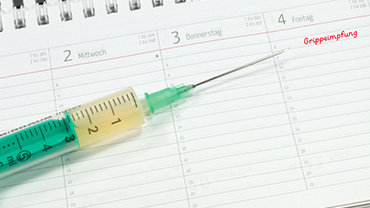Diphtheria
Diphtheria is a serious bacterial disease caused by Corynebacterium diphtheriae bacterium (and in some cases by Corynebacterium ulcerans).
It can cause respiratory symptoms or non-respiratory forms that affect other parts of the body, including the skin.
People infected with diphtheria bacteria may develop symptoms or may have no symptoms but be carrying the bacteria and able to infect others.
The majority of people with diphtheria will have:
- respiratory tract infection
- sore throat
- low grade fever in the first few days of the illness
More severe cases may develop symptoms such as:
- a dense membrane covering the throat and tonsils
- swollen “bull’s neck” appearance
- ulcers on the skin
In tropical regions, diphtheria can cause cutaneous symptoms affecting the skin. Lesions appear on the skin that form ulcers covered in a grey membrane that do not heal.
Diphtheria can cause toxins to be released into the circulatory system and tissues that can cause extensive organ damage. Complications affecting the heart and neurological complications, such as paralysis, can develop. The most common cause of death is suffocation by aspiration of the membrane.
Diphtheria spreads through respiratory droplets from infected people. If the infection is in the skin, it is possible to catch it by touching the cuts or sores of an infected person.
Diphtheria is very rare in most European countries. The cutaneous form of the disease is seen mostly in tropical regions and often in poor inner city inhabitants and alcoholics.
Diphtheria can be treated with antitoxin and antibiotics.
Vaccination is the most effective means of preventing diphtheria.
People who have been in close contact with someone infected with diphtheria should be tested for the disease and kept under surveillance for seven days to see whether they show signs and symptoms. Those living in the same household as someone with diphtheria may be given a preventative course of antibiotics.







